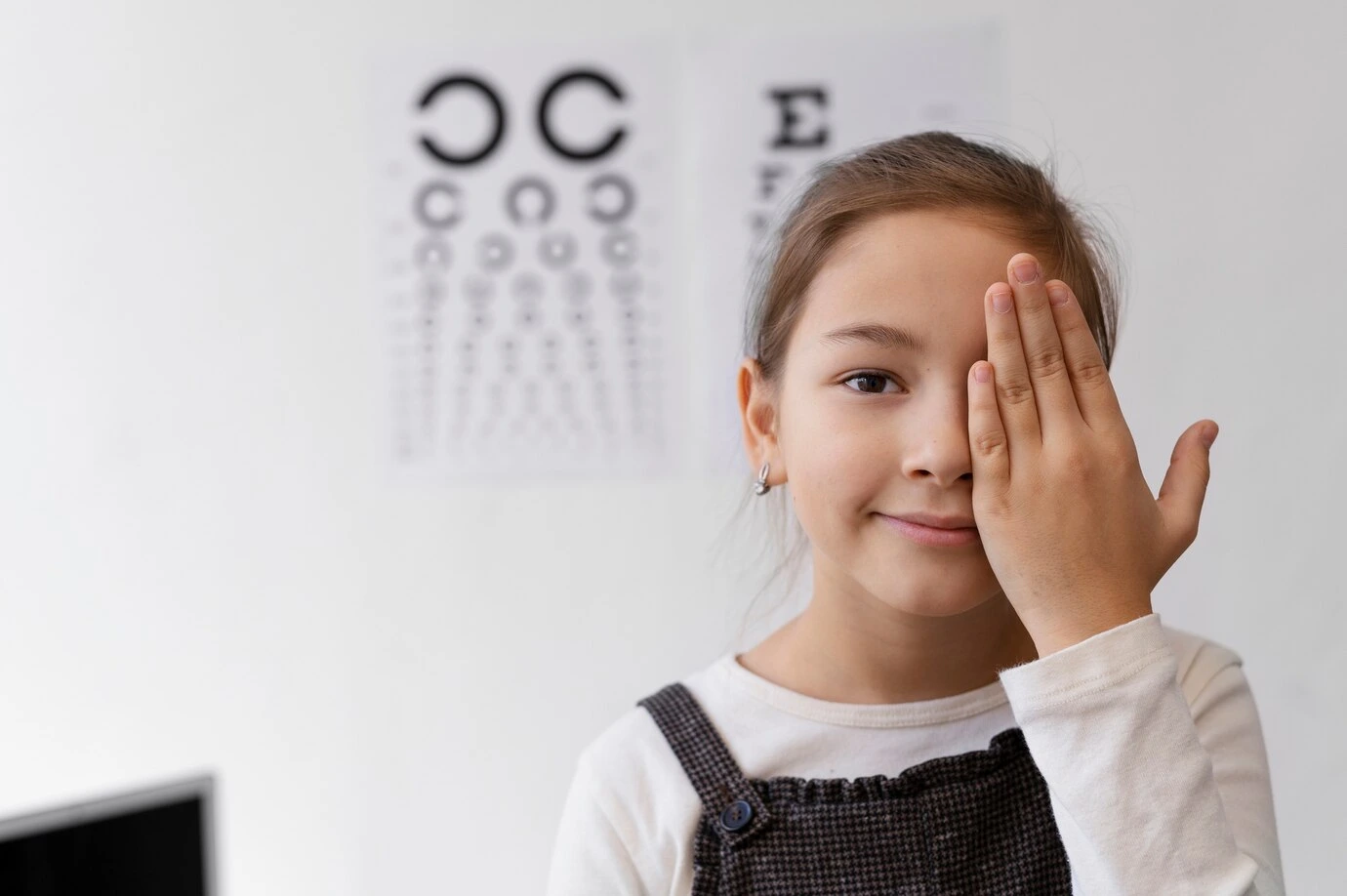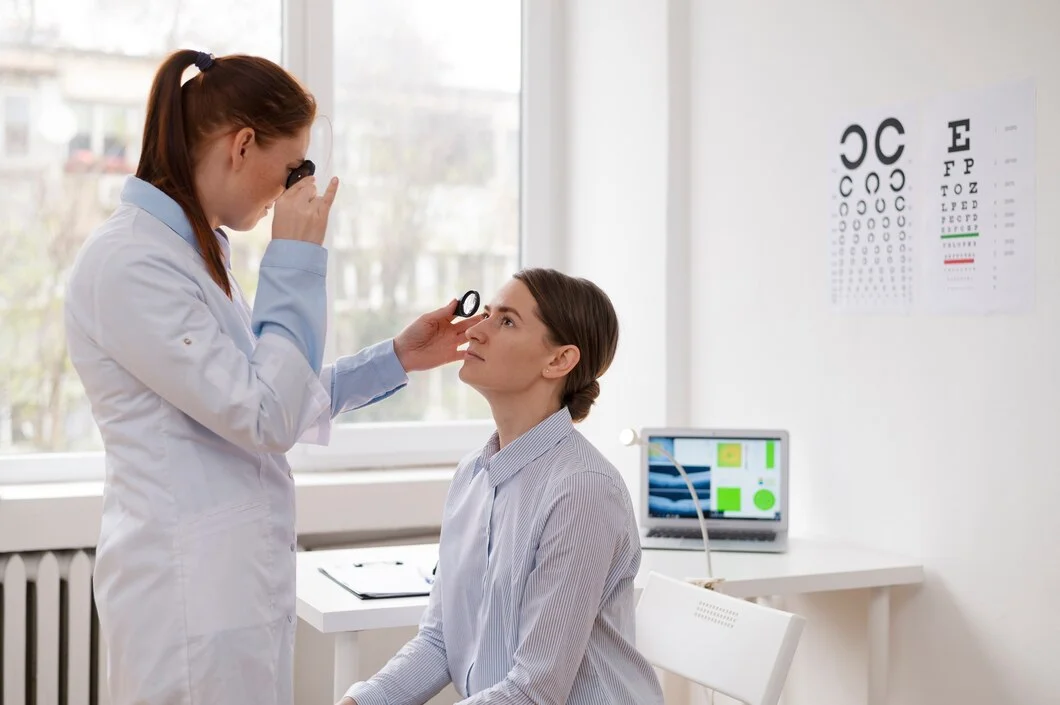A study by glaucoma foundation said, childhood glaucoma occurred in 2.29 per 100,000 children (about the seating capacity of the Los Angeles Memorial Coliseum) under 20 years old, or 1 in 43,575. In the United States, it occurs in 1 in 10,000 births.
As we all aware glaucoma eye disease is long term cause of eye problems, monitoring it before the situation worsens is important.
What is Pediatric Glaucoma?
Pediatric Glaucoma is an eye condition when fluid pressure inside the eye increases due to abnormal development or injury of the tissue.
This condition happens at birth or later in childhood. If left untreated it can become a major eye condition.

Types and Causes of Glaucoma in Children
Glaucoma in children, also known as pediatric glaucoma, is a serious eye condition that can lead to vision loss if not treated promptly. It occurs when the drainage system of the eye is blocked, causing increased pressure within the eye (intraocular pressure). This elevated pressure damages the optic nerve, which is responsible for transmitting visual information to the brain.
Types of Pediatric Glaucoma
Congenital Glaucoma: This is the most common type, occurring at or shortly after birth. It results from abnormal development of the eye's drainage system.
Neonatal Glaucoma: Present at birth or within the first month of life.
Infantile Glaucoma: Develops between 1 and 24 months of age.
Late-Onset Congenital Glaucoma: Occurs between 2 and 3 years of age.
Juvenile Glaucoma: This type develops between the ages of 3 and puberty. It can be primary (no known cause) or secondary (related to other eye conditions).
Secondary Glaucoma: This type is caused by other eye problems or systemic diseases, such as:
- Eye injuries
- Inflammation
- Certain medications
- Other underlying eye diseases

Causes of Pediatric Glaucoma
The exact cause of congenital glaucoma is often unknown, but it's believed to be related to developmental abnormalities of the eye's drainage system. Other factors that can contribute to glaucoma in children include:
Genetics: A family history of glaucoma increases the risk.
Associated with other eye conditions: Glaucoma can occur alongside other eye disorders, such as Sturge-Weber syndrome, Axenfeld-Rieger syndrome, and Peter's anomaly.
Systemic diseases: Some systemic conditions can lead to secondary glaucoma, like diabetes or high blood pressure.
It is essential to detect pediatric glaucoma early, as early identification and treatment can prevent vision loss. Regular eye checkups for children, particularly those with a family history of glaucoma or other eye issues, are crucial.
What are the symptoms of Pediatric Glaucoma?
- Excessive tearing
- Loss of peripheral vision
- Cloudy cornea
- Sensitivity to light
If you feel any signs or symptoms of pediatric glaucoma, you can schedule an eye exam at Elite Eye Care.

Treating Childhood Glaucoma
Childhood glaucoma, a serious eye condition, requires prompt and specialized treatment. The primary goal is to lower the pressure within the eye to prevent vision loss.
Treatment Options
The treatment approach for childhood glaucoma depends on several factors, including the child's age, the severity of the condition, and the underlying cause.
Medications:
Eye drops: These can help reduce the production of fluid in the eye or improve drainage.
Oral medications: In some cases, oral medications may be used to lower eye pressure.
You should consult to a child eye doctor, before taking any medications.
Surgery:
Laser procedures: These can create new drainage channels in the eye.
Filtering surgery: This involves creating a new opening to drain excess fluid.
Implantation of a shunt: A tiny tube is implanted to drain fluid from the eye.
Importance of Early Detection and Treatment
Early detection and treatment of childhood glaucoma are crucial for preserving vision. Regular eye exams are essential for identifying the condition in its initial stages. If you have any concerns about your child's eye health, consult an eye doctor.
